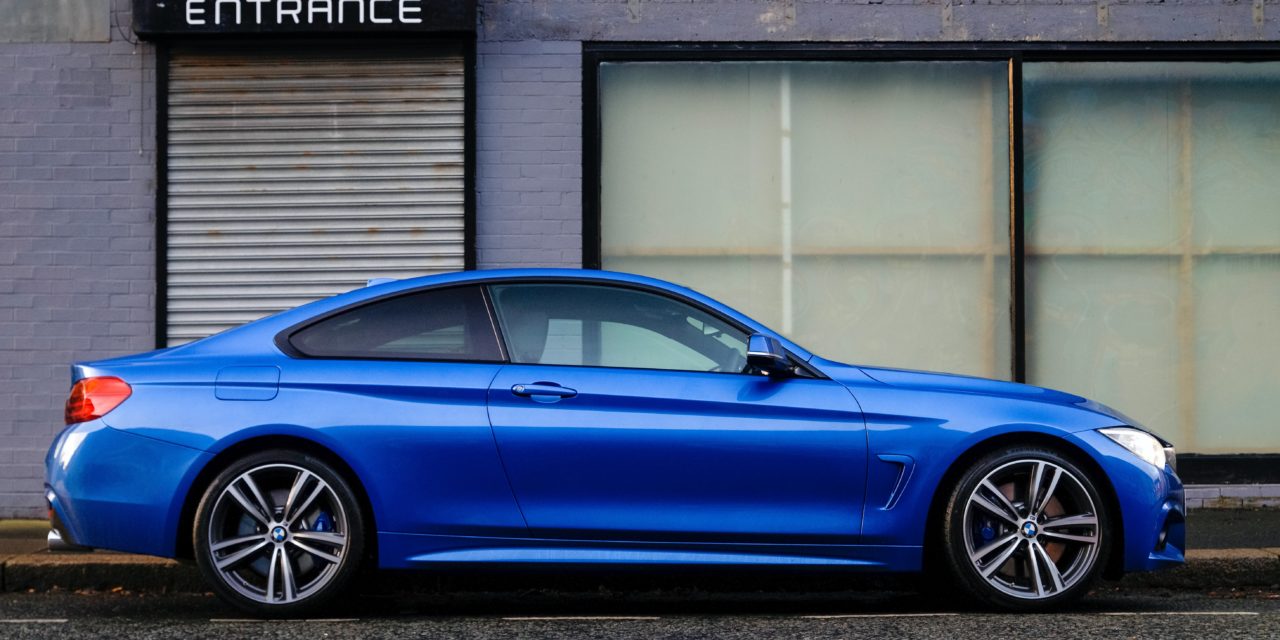[ad_1]
In 2007, the company I work for was the first company to propose 48 V-DC as the voltage of choice in a local DC-System, when we introduced LED lighting that was DC ready. Schneider of France and General Electric (GE) were following suit in 2013 and 2014.
DC will be the on-site electricity distribution of choice. More and more technology driven companies are recognizing this and as a result there is now agreement that 48 V-DC is the voltage of choice, for now, for local battery systems and DC distribution.
However, this is still based on lead acid technology being cheapest in increments of 12 Volt and the low voltage directive. With LiFePO battery systems having 3 Volt per cell and no cost penalty for odd voltages the real local system voltages may move from 48 Volt (24 cell lead acid based) to 66 Volt systems (22 cell LiFePO based) and power DC equipment will have to tolerate 40 to 75 V-DC input voltages.
More and more devices in the home and the place of work are native DC devices that will benefit from direct DC feeds. Such devices include most of the modern life essentials for home and office like solid state LED lighting, solid state refrigeration, heating and air-conditioning, computers, phones and networking, access control, entertainment systems, water treatment and pumps. Even heavier production machinery can be converted to DC devices at a reasonable cost.
A DC infrastructure with a Battery Storage system lends itself to direct feed from an alternative energy source such as solar or wind. Generating and using the energy yourself has a significant impact on the effectiveness of alternatively generated energy. For example when generating feeding the grid and taking power back from the grid has a minimum loss of the complete process of 30%.
Losses in alternating current (AC) systems (other than heating) are typically between 15 to 30%, this is typical for a Laptop or PC power supply, a Microwave Oven power supply or an LED Lighting power supply. If those devices can be equipped with a DC to DC power supply with efficiencies ranging from 90 to 95% additional savings will be achieved.
The effect of NOT feeding the grid and using DC to DC power supplies is that close to all of the locally generated energy can be used instead of throwing half of it away in a system that uses the grid instead of battery storage.
Multiple factors of recent technology advances make DC more viable now than in the past:
- When Edison was making batteries up until a few years ago the technology was not very durable and represented the highest cost in a local DC system. Batteries lost their capacity quickly, were heavy and difficult to maintain, lasting around 1 to 3 years depending on the depth of the cycles. There are now new battery technologies commercially available at reasonable prices promising a 10 year lifetime and 85% of their original capacity at end of life with daily cycles.
- Solar Panel prices are at a historical low.
- Semiconductor Power Device Technology has become so good that system losses for charging or discharging batteries are in the 1% to 2% range for systems above 5 kW load.
- Most devices are internally DC devices.
- Lighting will move completely to LED which is a DC driven semiconductor technology.
In 2007 I have been accurately predicting that LED technology will replace any and all lighting and it is now clear that it will.
DC Systems will be entering the home and office space in the future because they are the most efficient way to use local alternatively generated energy the most efficient way and by doing so provide a robust disaster and backup strategy.
Another advantage of DC systems using the grid as a backup is that they can significantly reduce the demand on the grid. For companies that pay for the demand as well as for the energy used, this may also result in a significant reduction of their energy bill.
[ad_2]
Source by Klaus Bollmann

